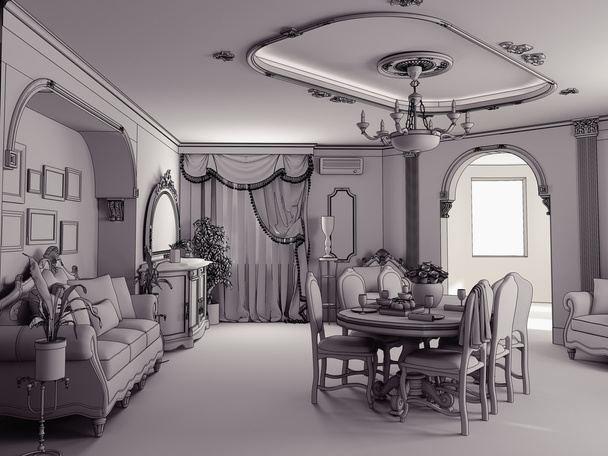Transforming Spaces: The Art of Interior Design
Interior design is a creative discipline that brings together aesthetics, functionality, and innovation to transform spaces into beautiful and harmonious environments. It goes beyond mere decoration, encompassing a thoughtful approach to organizing, planning, and beautifying the interiors of homes, offices, hotels, and other spaces.

In this article, we will delve into the world of interior design, exploring its principles, popular trends, and the importance it holds in enhancing our living and working experiences.
The Essence of Interior Design: Interior design is the art of manipulating spatial elements, lighting, color schemes, textures, and furnishings to create visually appealing and functional spaces. The key objective of interior design is to harmonize all these elements in a way that reflects the client’s vision, personality, and intended purpose of the space. It is a delicate balance between aesthetics and practicality, where every decision contributes to the overall ambiance and functionality.
Principles of Interior Design: To create a successful interior design, professionals follow certain principles that guide their decision-making process. These principles include:
- Balance: Achieving equilibrium in space by distributing visual weight evenly through placing objects, furniture, and colors.
- Proportion and Scale: Ensuring that the size of furniture and objects is proportionate to the space they occupy, creating a harmonious composition.
- Harmony and Unity: Creating a sense of cohesion by selecting elements that complement each other in terms of color, style, and theme.
- Rhythm: Establishing visual flow through repetition of patterns, colors, or shapes, leading the eye naturally from one area to another.
- Emphasis: Highlighting a focal point or feature in the space to create visual interest and draw attention.

Popular Interior Design Styles: Interior design encompasses a wide array of styles, each with its own unique characteristics and influences. Some popular interior design styles include:
- Minimalism: A style characterized by simplicity clean lines, and a focus on functionality. It embraces the “less is more” philosophy, creating clutter-free spaces with a limited color palette.
- Scandinavian: Originating from Nordic countries, this style emphasizes simplicity, natural materials, and a neutral color palette. It often features cozy textures and ample natural light.
- Industrial: Inspired by warehouses and factories, the industrial design incorporates raw materials, exposed brickwork, and metal accents. It embraces the beauty of imperfections and open spaces.
- IModern: Characterized by sleek lines, minimal ornamentation, and an emphasis on open floor plans, the modern design embraces a sense of simplicity and contemporary aesthetics.
- Bohemian: This style embraces a carefree and eclectic approach, featuring vibrant colors, patterns, and a mix of cultural influences. It encourages self-expression and a relaxed atmosphere.
Interior design plays a significant role in our lives, influencing our moods, productivity, and overall well-being. A thoughtfully designed space can create a sense of calm, inspire creativity, and promote functionality.
Learn more at Wiki as well.
